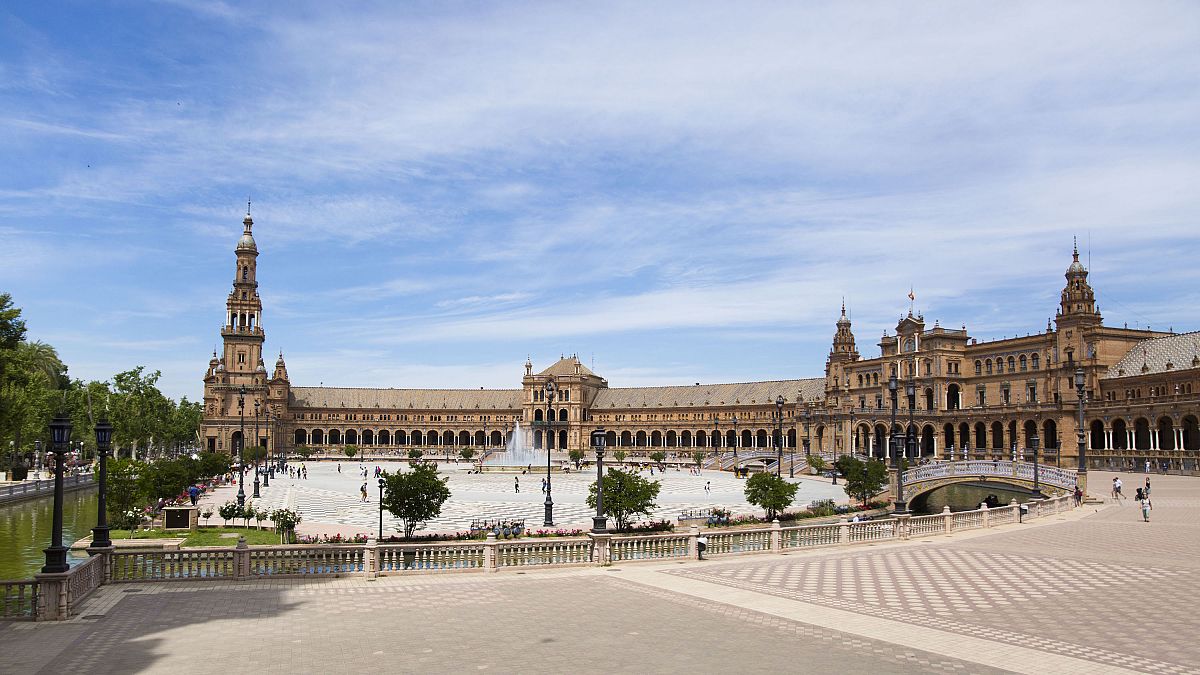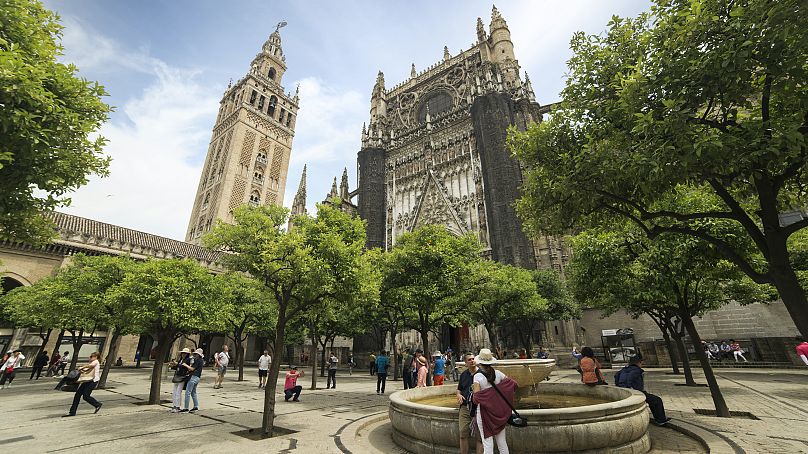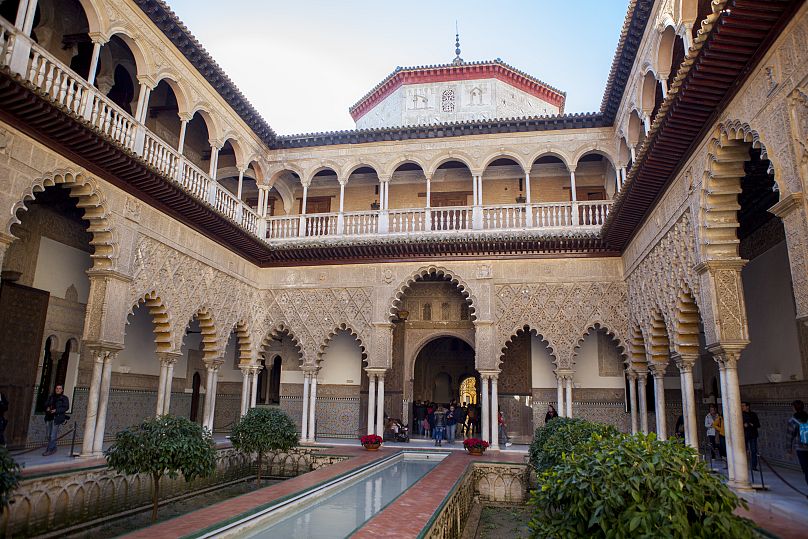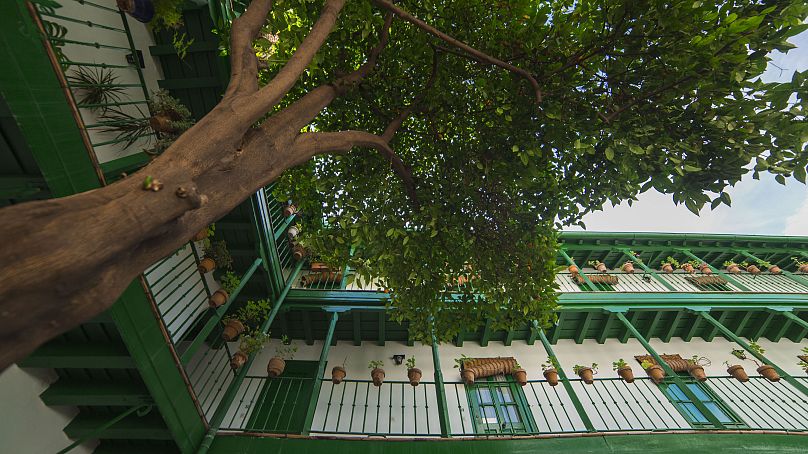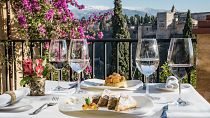From its deepest roots, the city of Seville has been a place of meeting and fusion. There, land and water are one and the river that emanates from the deepest Betica, the old Latin name of the Guadalquivir, is twinned with the ‘Ocean Sea’. In Andalusia, people from both shores of the Mediterranean forged the greatest melting pot of culture known to date and Seville, like its upstream neighbour Córdoba, is a striking symbol of it. In its long history, the city has been a safe port in which peoples from all over the known world would turn their dreams and wishes towards the horizon. On one side, they could easily access the Mediterranean while on the other, following the flow of the Guadalquivir would lead them to the Atlantic.
At times, Seville was the helm of some of the most powerful governments in the known world. In succession, it was known as a Roman, Arabic, Andalusian, Renaissance, Baroque, Latin American and Marian city, with its history and traditions influencing locals and visitors alike. Its mercantile culture, based upon the development of its docks, gave a frenetic rhythm to the whole of Western Europe. Merchants and sailors from all over the world would anchor at its dock. At its commercial peak, the city was a shining hub for ideas, expressed in any language, surrounded by exquisite aromas and flavours from around the world.
This feat is still visible in the buildings that history has left us to enjoy. The most prominent of these locations, the group formed by the Cathedral, the Alcázar and the Archives of the Indies of Seville, were recognised as a World Heritage site by UNESCO.
Like many monuments in Andalusia, the Cathedral is the result of the region’s unique mix of cultures and many changes. Built in 1401 over an Almohad-style great mosque, it kept the old building’s Patio de los Naranjos (Courtyard of the Orange Trees) and minaret, which can both still be admired today. At the top of La Giralda minaret stands the famous Giraldillo, a woman-shaped weathervane that is probably the best-known symbol of the city. The sheer size of the Cathedral - one of the largest Gothic temples in Europe with its 5 naves and 25 chapels - and the grandeur of its interior make it an unmissable step in Seville. It is also home to works of art by some of the most famous Spanish painters.
In the heart of the city, you will also find the Real Alcázar, one of the oldest palaces still in use in the world. Like the Cathedral, it evolved over time, starting in the late 11th century. The rulers and royal families who spent time in the palace left their successive marks on its architecture. The Patio de las Doncellas (maidens), with its beautiful tiled plinths, is one of its most famous courtyards. Another one is the Patio de las Muñecas, or Courtyard of the Dolls, is the location of a fascinating series of columns and capitals. With such unique locations, the palace is now a majestic testimony to the cultural coexistence of West and East, referred in architecture as Mudéjar art.
The Cathedral and the Alcázar are examples of the crucial importance of religions and royalty in Seville’s long history, but another power, that of merchants, played a formidable part in its development. As UNESCO recognised, the Archive of the Indies is the best symbol of it. Built during the reign of Philip II and completed in 1646, it was initially a centre for merchants, but was soon converted into the central location for all documents relating to Spanish overseas possessions between the 15th and 16th centuries. Built of stone around a central patio, the building is home to two quadrangular naves, with vaulted floors connected by a monumental staircase. Although the splendour of the building is a reason itself to visit the Archive, it is also an invaluable source of documentation on the discovery and the conquest of the New World.
Today, Seville is still a modern, restless and creative city. To enjoy it at its fullest, however, it must be walked slowly, almost in silence. Its cosy, poetic, atmosphere captivates and surrounds travellers with a blanket of magic, aromas, beauty and feeling. It is also the perfect place to enjoy Andalusian cuisine and traditions in one of its numerous taverns and festivals. Of course, the city’s interiors are wonderful to explore, but in Seville, above all, you can enjoy the street like nowhere else.
